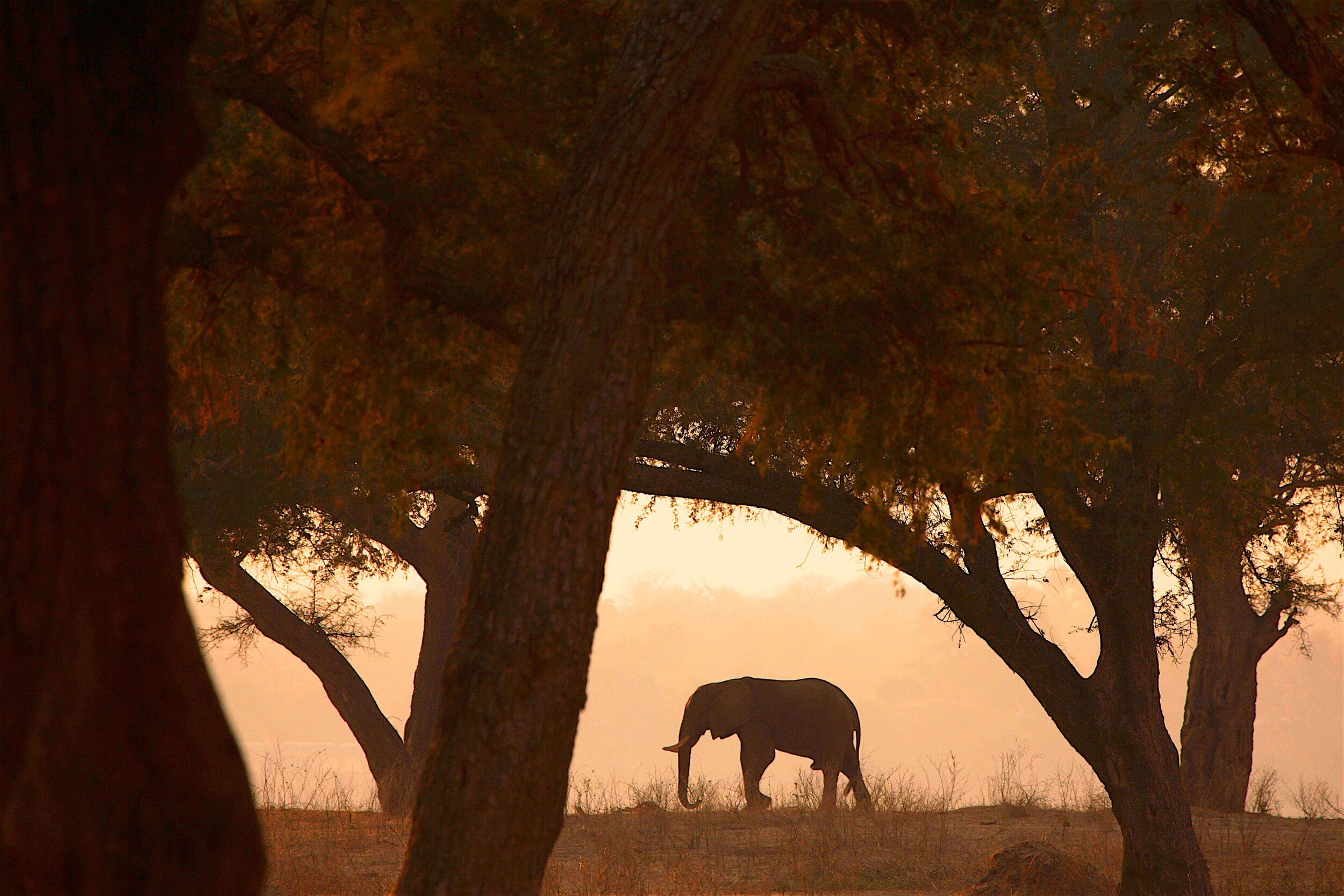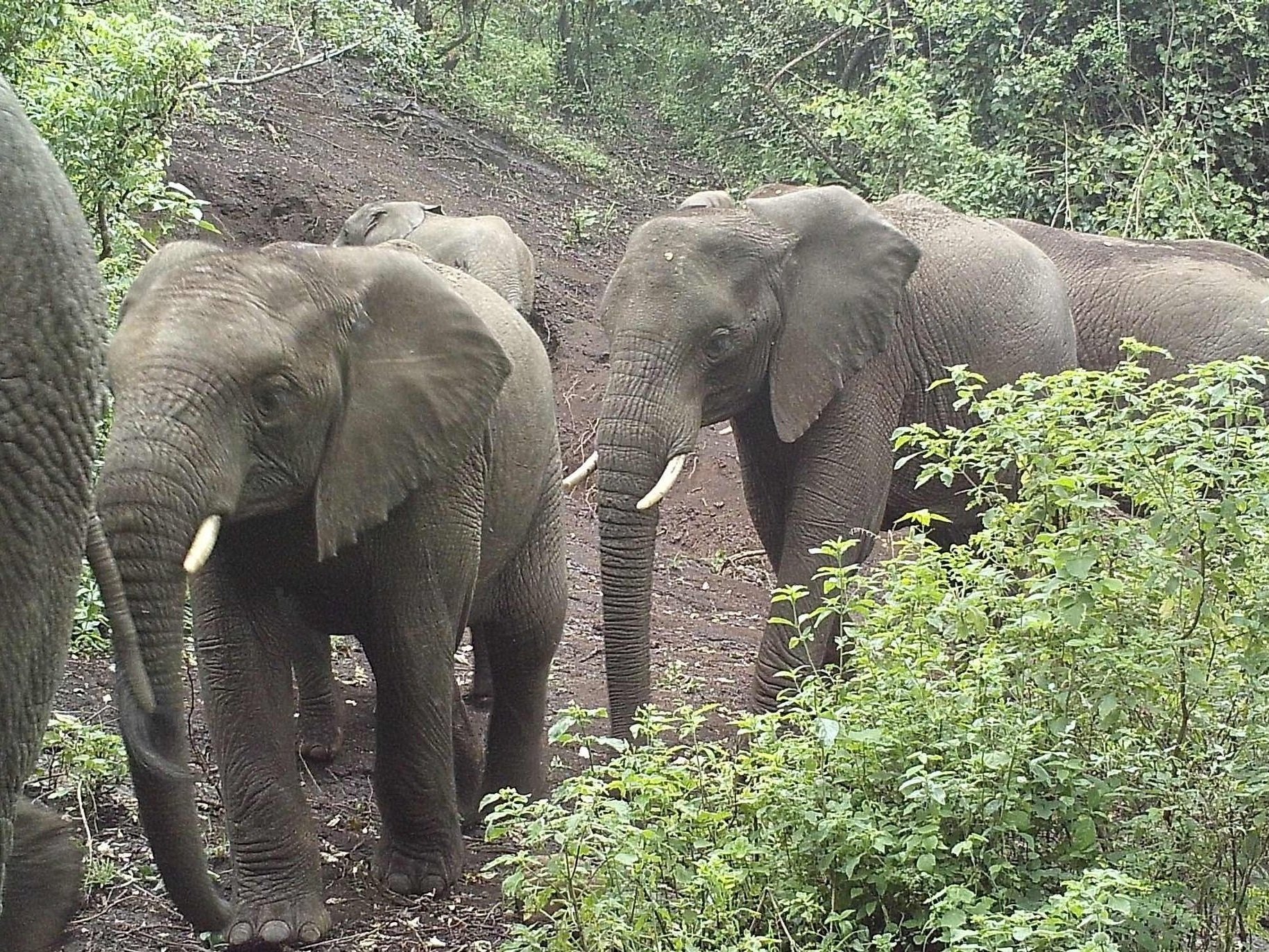
WHERE WE WORK
BEES SAVING ELEPHANTS
- TANZANIA & KENYA -
/ Karatu District, Tanzania:
Farming communities living on the boundary of Ngorongoro Highlands Forest in Northern Tanzania are installing beehive fences to prevent elephant crop raiding. Beekeeping and biofuel projects are managed by women living alongside the elephant corridor connecting Ngorongoro with Selela valley and Lake Manyara.
/ Sagalla Hills, Voi, Kenya:
Our BuzzBox wildlife technology is being trialed as part of a multi-mitigation research project by Dr Lucy King’s Elephants & Bees Project from Save The Elephants. The devices are installed on fence posts along beehive fences at empty hive points, supporting farmers across two villages by Sagalla Hills.

NGORONGORO CRATER
Our projects in Tanzania border the breathtaking crater spanning four million years of human evolution now home to Africa’s densest mammalian population and Maasai pastoralist communities
-
The breathtaking Ngorongoro Crater is a giant bowl of biodiversity and a UNESCO World heritage site. The Crater and wider Ngorongoro Conservation area support thousands of wildlife and people - being the only protected area in Tanzania where wild animals and people live together in wild habitat.
Ngorongoro originates from the onomatopoeic Maasai word that describes the sound of the cowbell (ngoro ngoro) that rings as it jostles around the necks of their cattle. The area is steeped in historic significance, where scientists have uncovered prehistoric fossilised evidence of human evolution stretching back four million years. The discoveries were made at Olduvai gorge, a 14m deep ravine, one of the most significant paleoanthropological sites in the world.
The Crater formed after one of eight volcanoes (reaching higher than Mt Kilimanjaro) imploded around two million years ago, making this volcanic caldera the largest in the world.
Its rich biodiversity encompasses savannahs, salt lakes, woodlands, and highland plains, and connects the famous Serengeti and Maasai Mara to the west, with the Great Rift Valley to the east, with millions of wildebeest migrating across its plains annually.
Wildlife corridors are essential to the survival of all migratory species, including our largest land mammal, the African elephant. They travel for hundreds of kilometres in search of fresh water and food sources during the changing seasons. The volcanic salt lakes, such as Lake Magadi on the Crater floor, provide essential nutrients and minerals to elephants that help with bone growth and hormone development - particularly important for young elephants.
The habitat also supports the Maasai pastoralist tribes that have stewarded this land for thousands of years, once hunter-gatherers, they live in balance with nature, and hold unique knowledge of the environment.
Encircling the Crater rim is the Highlands Forest, a key buffer area for wildlife, that connects to one of the last remaining elephant corridors in Northern Tanzania. The preservation of the corridor is a major focus for our community projects. Learn more here:
AN ELEPHANT’S MIGRATION FROM THE CRATER TO LAKE MANYARA
How do 100 elephants squeeze into a 3km-wide corridor?
Elephants are exceptional navigators. The matriarchs have decades of experience and a mental map of migratory routes that they pass down to the next generation. They are also highly adaptable, which is critical to their survival in an ever changing landscape.
The 3km-wide migration corridor bisects Upper Kitete village, and has up to 100 elephants at any given time. They move through the thin forested strip in their family herds, climbing down the steep escarpment at night to reach the Selela salt lake below, before returning to the forest at dawn.
Each herd is respectful of another, and every care is taken to follow the safest routes through the corridor. However, venturing onto farmland on either side is inevitable.
Learn how women and the community are living alongside the Ngorongoro elephants.

